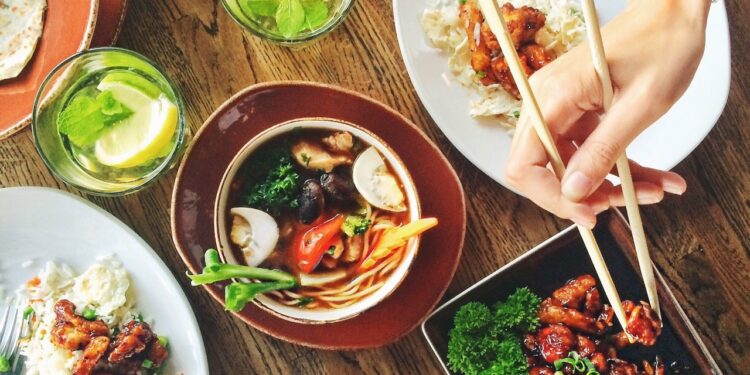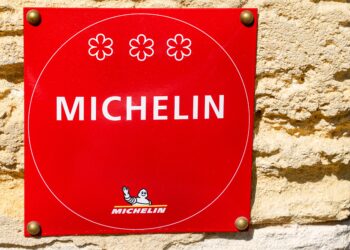The Chairman, a humble two-story Cantonese restaurant on a quiet street in Hong Kong’s Sheung Wan district, is widely considered to be the epitome of modern Chinese restaurants.
The eatery won the top spot in this year’s Asia’s 50 Best Restaurants Awards—which was surprisingly the first-ever Chinese restaurant to win the accolade, decided on by an academy of 318 voters spread throughout Asia.
“It’s a straightforward restaurant—no frills, no gimmicks, just brilliant ingredient-focused Cantonese food,” said William Drew, director of content for the World’s 50 Best Restaurants, which organizes the awards.
“Perhaps its success is in part down to diners reevaluating what’s most important and concluding that unshowy destinations that are really dedicated to sourcing the best ingredients and creating imaginative and delicious dishes should be highly valued.”
Looking at previous Asia’s 50 Best Restaurants lists since 2013, only Lung King Heen—the upscale Michelin three-star Cantonese restaurant in Four Seasons Hong Kong—managed to come close to the top, ranked No. 9 and No. 10 in 2014 and 2016, respectively.
The Chairman came in second last year. It was also the only Chinese restaurant to grace the World’s 50 Best Restaurants List in 2019, ranking 41st. (The 2020 edition of the World’s 50 Best Restaurants awards was canceled because of the pandemic.)
When it comes to the Michelin Guide, it’s also uncommon to see Chinese restaurants earn plaudits outside of Asia.
Back in 2009 when the first Hong Kong and Macau edition of the Michelin Guide was released, Lung King Heen became the first-ever Chinese restaurant to win three stars in the French guide’s 109 years of history.
Today, five out of 10 three-star restaurants in the 2021 guide are Chinese.
Elsewhere in the region, Sazenka recently became the first Chinese restaurant to be awarded three Michelin stars in Tokyo’s 2021 guide.
So why is it rare for Chinese restaurants—in spite of their global popularity and long history—to get international recognition, compared to cuisines like French or Japanese?
Andrew Wong, chef-owner of restaurant A. Wong, offers a possible explanation.
“During the cultural revolution, imperial chefs emigrated to England, the US, Canada and other parts of Europe. This is important because it has stemmed the growth of Chinese cuisine on a global scale,” says the chef, who studied anthropology before taking over the Chinese restaurant his grandparents founded in London.
“Those chefs traveled, used their techniques and integrated them into other cultures with success. They made Chinese food one of the most loved cuisines globally. However, because we’ve enjoyed such a long history of interpreting and reinterpreting our cuisine within international cities, some things have been lost somewhere along the lines.
“Communication on the technique, craft, dedication, sourcing and obsessiveness about ingredients has been lost within Chinese gastronomy.”
However, things have been looking up for Chinese cuisine in the last decade.
More modern Chinese establishments are popping up around the world, in line with an increased willingness among diners to try unfamiliar cuisines.
The success of The Chairman, for example, has inspired fellow Chinese chefs far beyond Hong Kong.
“I was thrilled that The Chairman won. For me, it sent a message that Chinese cuisine is finally holding their heads high on an international level,” said Xu Jing-ye, the young chef and co-owner of 102 House in Foshan, China. “It helps the international food and beverage industry to take Chinese food more seriously.”












